The wheels of our brand new Moshono campus mill have started turning this month, and it’s just one way we are working hard to ensure our self-sufficiency.
Efforts to cut down on our running costs mean more of our funding can go toward developing our education program and facilities – and we’re finding ways to upskill our staff and educate our students in the process!
Here are three sustainability projects we’re excited about:
1. Grinding and storing our own maize
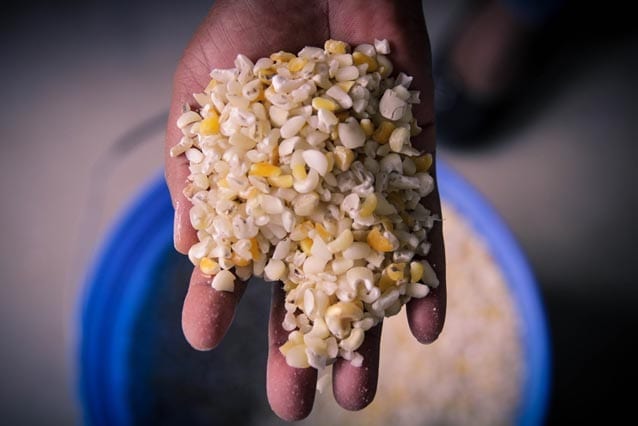
Grinding and storing our own maize means the thousands of school lunches served each week will be made on-site with freshly-ground ingredients.
Mary Horne, Purchasing Coordinator at St Jude’s Moshono campus, said the mill began in January and construction started in June. Benedict Barnabas, our Maintenance Service Team Leader, is hoping to finish the construction work later this month with a raised platform to pour the maize into the large storage silos.
“It will make things much easier for us. We buy maize and have storage areas to keep it here until we need to grind, with only two people needed to run it at a time,” Benedict said, adding that it is a particularly timely project as the price of maize has recently sky-rocketed due to weather changes.
This new strategy, run on machines constructed by local fundis (mechanics), means we will save money on fuel and enjoy freshly-ground maize meals at all three of our campuses.
2. Farming our own produce
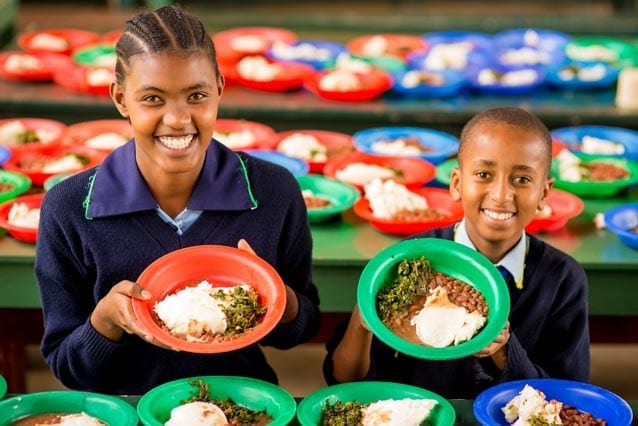
Big plans are taking root in our gardens, with a large scale horticulture project at the Smith campus and small gardens at Moivaro and Moshono to grow our own fresh produce.
Five acres of Smith’s rich, fertile earth will provide the perfect bed for growing vegetables. Raised beds will be planted with cabbages, spinach, carrots, beans, tomatoes, squashes and other nutritious vegetables.
Two more acres will become home to fruit trees including avocados, mangoes, guavas, passion fruits, moringa and bananas.
The vegetable garden will be drip irrigated and include polythene tunnels to protect soft vegetables, with fertilizer applied to balance minerals in the soil.
Business manager Jim Hopkins said Samwel Christopher, Operations Deputy at Smith, would helm the project and “with his drive and enthusiasm it will work”.
“We hope to recruit a local farmer and initially use casual staff to prepare the raised beds and do the initial planting,” Jim said.
“Our students will help with the planting and harvesting of our crops and in the process learn first-hand about agriculture, Tanzania’s primary industry. Then they can enjoy the finished product during school meals!”.
3. The power of solar
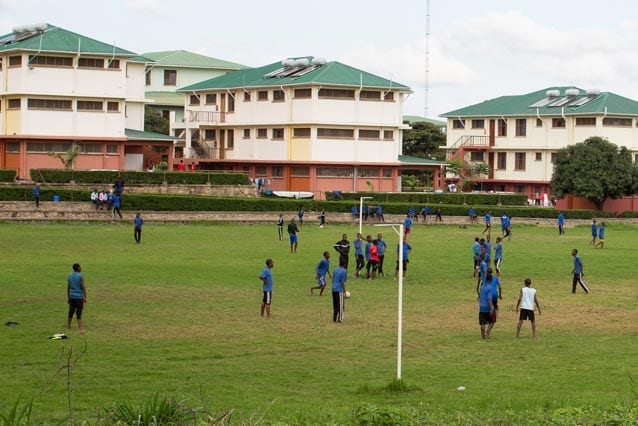
Solar power is lighting up much of St Jude’s, and our students are learning of its benefits.
As a sustainable and renewable resource, solar power is particularly practical in hot and sunny Arusha. As we are also close to Mt Meru, where it becomes cold in winter and at night, solar heaters are very helpful.
Currently our boarding accommodation has solar water heaters for the Form 5 and 6 students, and some of the primary children. This allows them hot showers and hot water to cook and wash clothes with, all while being friendly to the environment!
You can help us secure our aim for a more self-sufficient future by helping fund our garden. We are grateful for a USD$30k donations, but will still need around USD$50k to see our plans come to fruition. Help us by making a general donation.
A solar water heater costs around $2,000 and provides around 200 liters of hot water each day when the sun is shining. Our primary students and lower secondary student would benefit from having this facility available.
More than 1700 students spilled through the St Jude’s gates early on a Saturday morning.
Underprivileged youngsters escorted by their parents to wait in the crowd as early as 6.30am, with testing to enter Standard 1 (Grade 1) at St Jude’s set to begin at 8am.
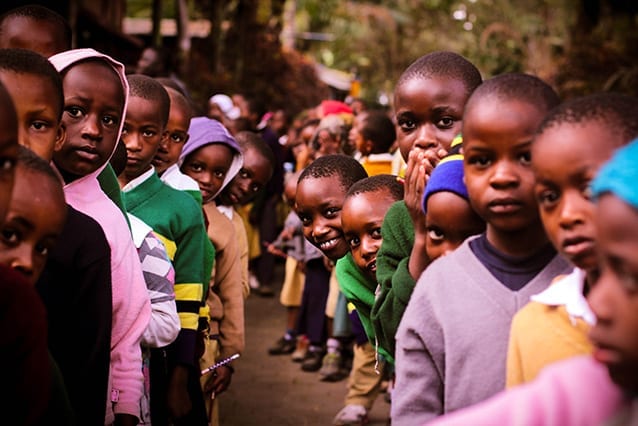
The mass of excited, giggling children came through the school in groups, a logistical challenge for our staff who were on-hand to direct them through the process
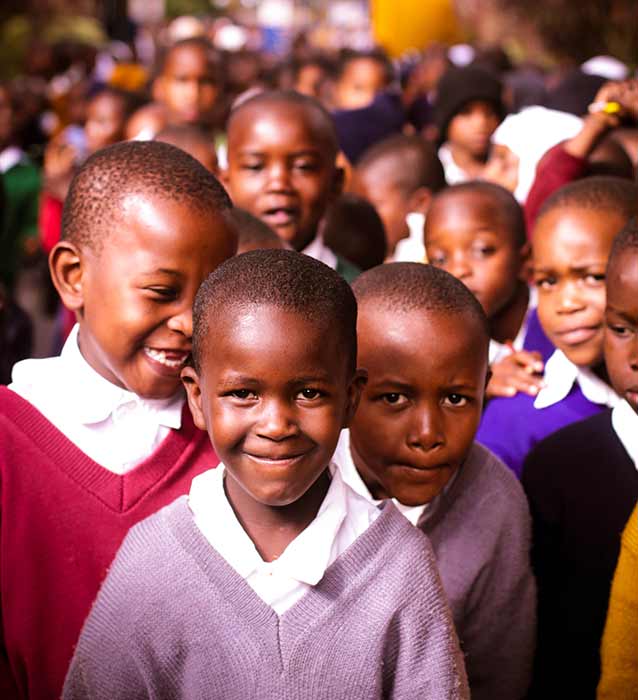
Just after 3pm the children had all been tested, with 108 meeting the English, maths, science and age requirements.
It’s the start of a long, arduous process that defines what St Jude’s is about.
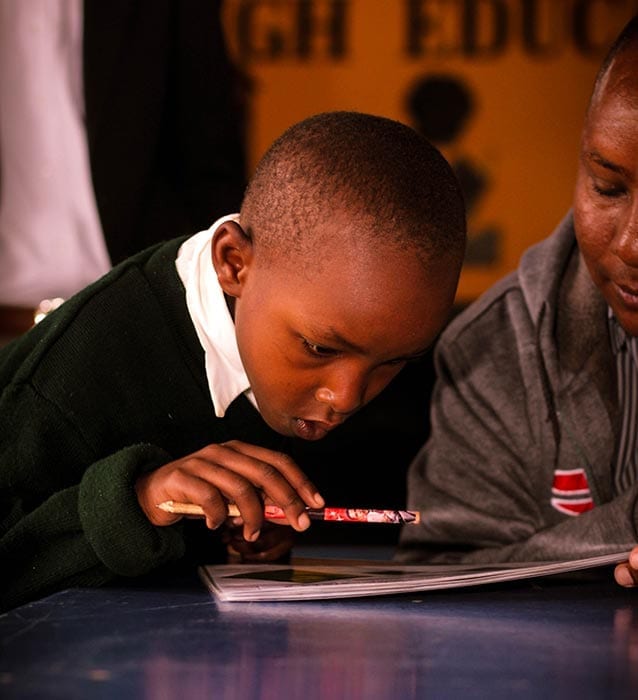
“We would love to give everyone in Arusha a scholarship to St Jude’s, but, unfortunately that’s just not possible,” school founder Gemma Sisia said.
“So we’ve spent years refining our student selection process to ensure it’s a fair, effective and thorough process that guarantees worthy and deserving families are receiving the benefit of a St Jude’s education.
“By helping the families that need it most we’re able to break the cycle of poverty by providing a free, high-quality education.”
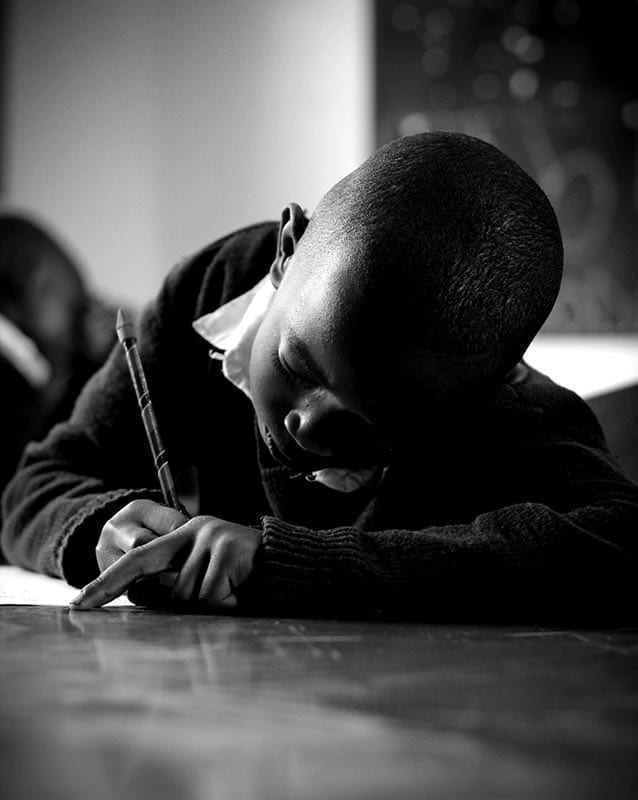
By the time the weekly tests finish in November we will have tested an estimated 10,000 students, according to Community Relations Manager Charlotte Peyrat-Vaganay.
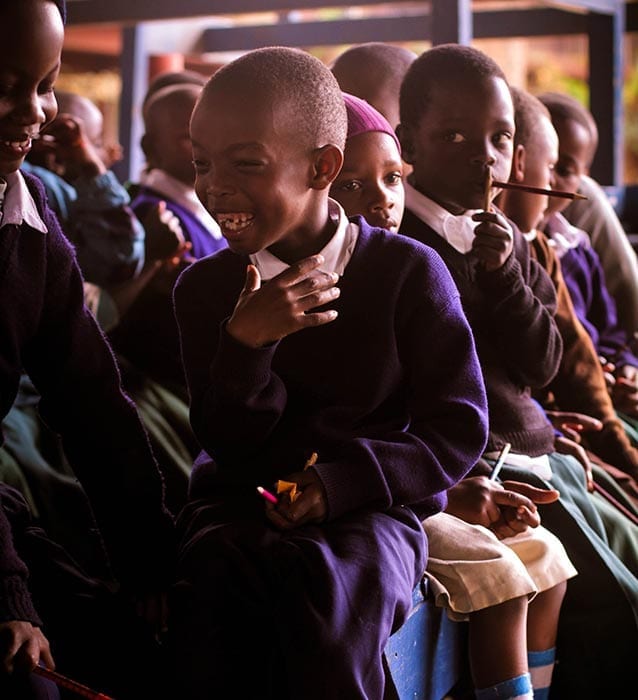
With only 150 spots available in St Jude’s each year it is essential we get the selection process right.
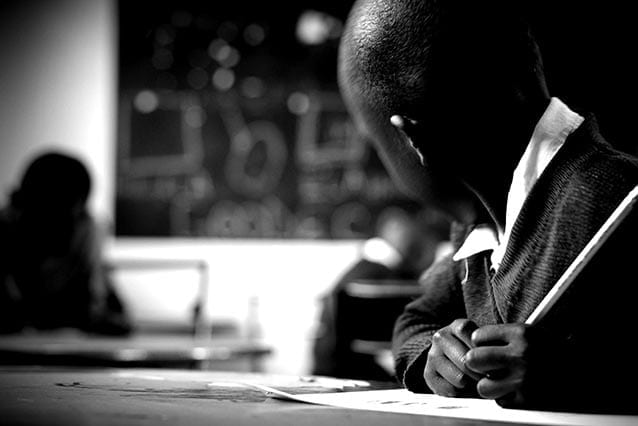
Our Community Relations team will spend the next three months visiting the homes of students who pass the academic test to ensure they pass the strict poverty requirements.
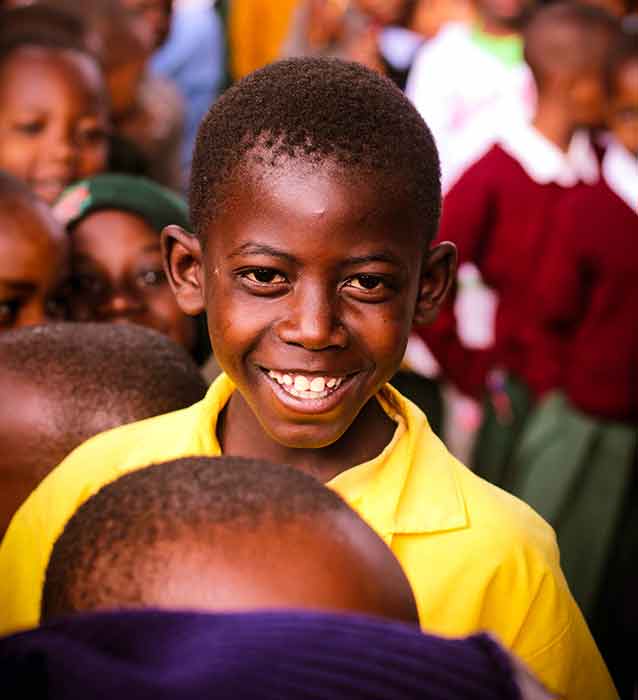
“It’s a very tough job but it is essential that we get it right,” Charlotte explained.
“We need to make sure we are finding the people who need our help the most.
“When the students have been selected and you see the difference it makes for their families, it is worth it.”
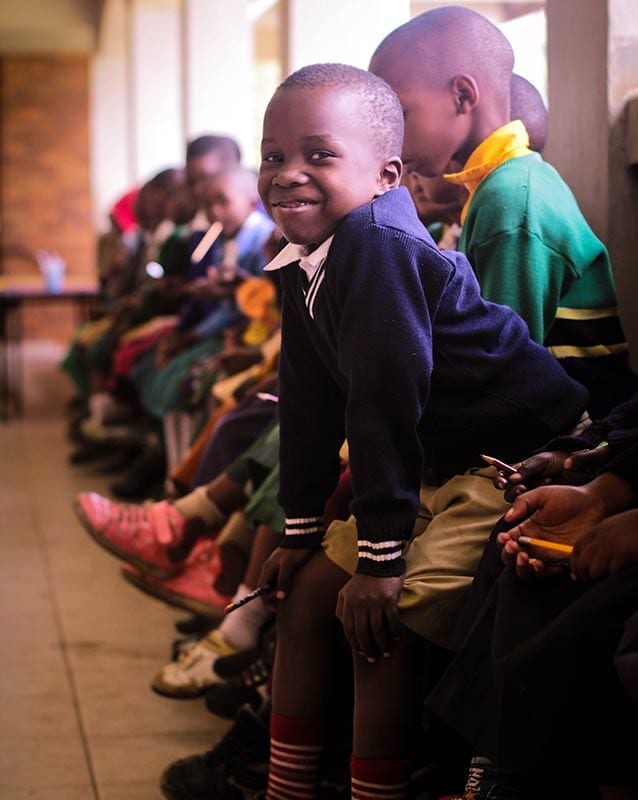
St Jude's wouldn't be able to accept 150 new students each year without new sponsors. Find out more about sponsoring one of our students.
Our students explored their cultural roots with boundless energy, making our sixth annual Cultural Day an event to remember.
Held at our Usa River campus, the colourful celebration featured a wide variety of Tanzanian music, dance, dress and food.
St Jude’s students represent 61 cultural tribes, with just over a quarter of those being Chagga. Many of our students also hail from the Maasai, Pare, Mwarusha, Msambaa and Meru tribes.
All these different cultures weave together to create a peaceful, vibrant and diverse country, where the population considers itself Tanzanian first and foremost.
For Cultural Day we spoke to Tanzanians from different backgrounds, so they could proudly share their roots with the whole St Jude’s family.
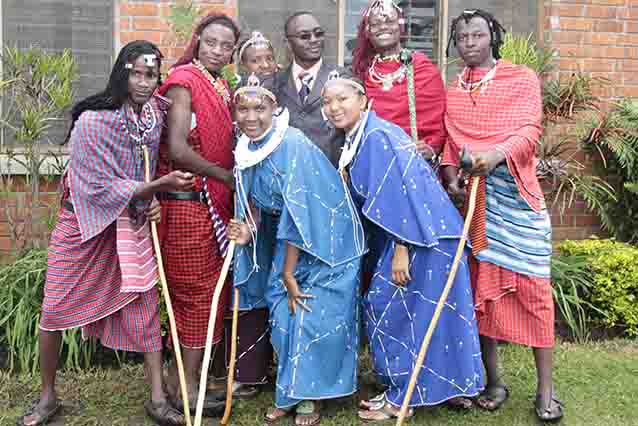
Area: Northern Tanzania and south-west of Kenya (the Maasai Mara National Reserve).
Lifestyle: The Maasai are semi-nomadic and raise livestock on seasonal rotation. According to the Maasai Association, women are responsible for constructing their houses, which are made of mud, sticks, cow dung and cow’s urine. Women also look after domestic duties, while male warriors are in charge of security.
The elders are directors and advisors for day-to-day activities.
Form 6 student and proud Maasai Godson (pictured above, second from the right) says “young boys look after the cattle and young girls who help their mums at home with domestic works”.
And how many wives can a Maasai man have? “Fortunately, or unfortunately, we do not have a limit. The limit is the sky,” Godson said. “You can marry as many women as you can, provided you have enough wealth to feed the family.”
Cuisine: “If you consider that we are nomads, meat is our first food, and then milk from the cattle.” Godson said. “We also drink blood. It’s to keep energy, and must be fresh. What we do is take it from the cow (elders know how to take it from a live cow), and apply cow dung to the wound to stop (bleeding).
We stir that blood, and sometimes we mix it with milk or take it alone. We do not keep that blood for later use. Some Maasai in town take vegetables but before we didn’t take it. Ladies took vegetables, but even today, men believe ‘how can I share grass with animals? If a cow eats grass, how can I eat grass?”
Dress: Age and location dictate clothing, although red is a favoured colour. Animal hides have generally been replaced with cotton cloth, with shukas (basic pieces of fabric wrapped around the body) commonly worn. Kangas (one-piece sarongs) are also common, as are body decorations such as jewellery and piercings.
Fast fact, and Godson’s favourite thing about being Maasai: “The fascinating thing about being a Maasai is that we are exposed to the environments where we become brave. For example, I am now a Moran, a Maasai youth warrior, whose main duty is to look after the tribe. Our duty is to look after the security of the tribe.
To do this, we have to be brought up in an environment where we become brave. One of the things we used to do was fight lions. You had to do it with a spear and a bush knife, and no-one would come rescue you. We believe the lion is the beast of the forest, so if you are able to fight a lion, who else could scare you? No-one.
Today we do not fight lions because we have been educated enough on the conservation of environment and wildlife, and the importance of having them. It is fascinating now, that in places like Ngorongoro Crater, Maasai now live with lions. Today, we just have a positive attitude and self-confidence. Even if I’m not going to fight a lion, I know I’m still capable of taking care of my family, and being responsible for the security of my tribe. What made us able to kill a lion was not our physical fitness, but our mental attitude.”
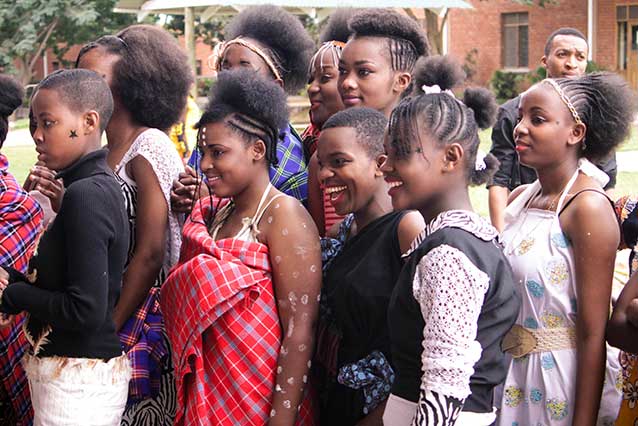
Area: On the slopes of Mt Kilimanjaro, says St Jude’s Form 1 student Nancy (pictured above, in centre wearing black). Households live amongst banana/plantain groves, with coffee plantations also popular.
Lifestyle: Traditionally, Chaggas work on their farms, with jobs divided by gender – men feed goats, build houses and prepare fields, while women look after domestic duties and are in charge of trading in the marketplace.
Cuisine: Nancy says a large part of the Chagga diet is bananas and plantains, or ‘ndizi’, as well as a little milk. Their staple crop is millet.
Dress: According to Nancy, Chaggas traditionally wear a specific type of kanga (cloths that are wrapped around the body), known as a ‘kaniki’. They can only be black and/or white (like the one she wore during Cultural Day).
Fast fact: They have a reputation for being good businesspeople. Encyclopaedia Britannica describes them as “one of the wealthiest and most highly organized of Tanzanian peoples”. One such example is Michael Shirima, founder and owner of Precision Air, Tanzania’s largest privately-owned airline.
Nancy’s favourite thing about being a Chagga: “I’m proud of being a Chagga because they’re from around Mt Kilimanjaro. The food is also really nice.”
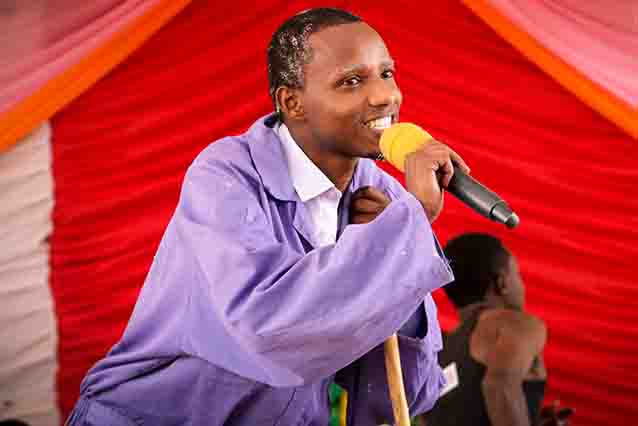
Area: North-eastern Tanzania, in the Arusha and Manyara regions.
Lifestyle: Emmanuel (pictured), who is a teacher at St Jude’s, said the Iraqw raise livestock, hunt and cultivate. “We live in parts of the mountain, we like the cool places,” he explains. “We also have traditional dance, almost like Maasai, but ours is a bit different. We jump and we have spears.”
Cuisine: According to Emmanuel, their traditional food is ‘makande’ (maize cooked with beans or meat).
Dress: Shukas (basic pieces of fabric wrapped around the body), like the Maasai.
Fast fact: The Iraqw language is greatly influenced by Hebrew and Arabic, as the people originally came from an area in Ethiopia near Somalia.
Emmanuel’s favourite thing about being Iraqw: “Our language, our wearing style, and, above all, we are known for having girls who are very beautiful. They have nice hair – wavy and smooth.”
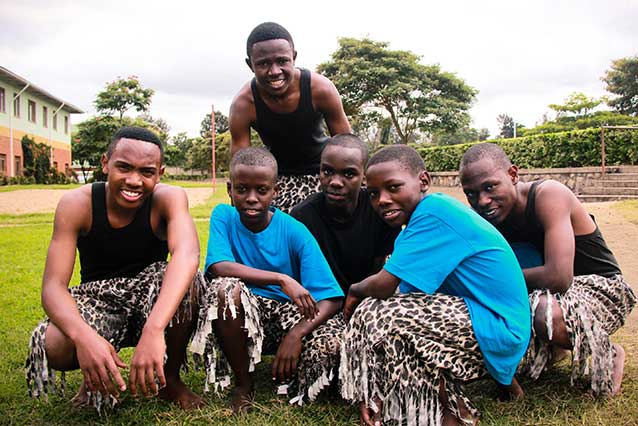
Area: Central Tanzania, in the Dodoma region.
Lifestyle: People from the Gogo tribe typically raise livestock, according to St Jude’s Form 5 student Simon (pictured above, far right). He said it is quite common to have larger families, and other Gogos are often surprised he is only one of three children.
Cuisine: Simon says ugali, a common Tanzanian food, is a staple. However, the Gogo make their version from wheat, instead of the traditional maize flour, millet flour, or Sorghum flour. “It means ‘power’,” Simon says. “The wheat means power. If someone takes it they get courageous”.
Dress: (Modern) dress includes trousers and a Maasai shuka (a basic piece of fabric that can be worn a variety of ways). Women wear loose-fitting dresses made of solid or printed cotton fabric.
Fast fact: They are “very good singers,” according to Simon. Examples include popular Tanzanian singer Ben Paul and traditional singer Hukwe Zawose.
Help us continue to educate and empower our students through events like Cultural Day by making a donation to our school.
Permaculture vegetables, tie-dyed textiles and electronic games inspired visiting students to learn more at St Jude’s biggest ever extra-curricular activities (ECA) fair!
More than 100 parents, teachers and students from 11 neighboring schools visited our Moshono campus for the special event which offered interactive stalls, interschool sports and a theatre showcase.
St Jude’s students presented vibrant exhibition stalls and eagerly engaged their peers from local government schools to have a go at something new.
"Engaging with the community and fostering leadership skills are fundamental principles of St Jude’s, and today is a perfect example," said Upper Primary Headmaster Peter Manjalla.
"The math quiz stall was the busiest and very noisy - that’s what we call ‘healthy noise’ - excited children enjoying sharing in learning together."
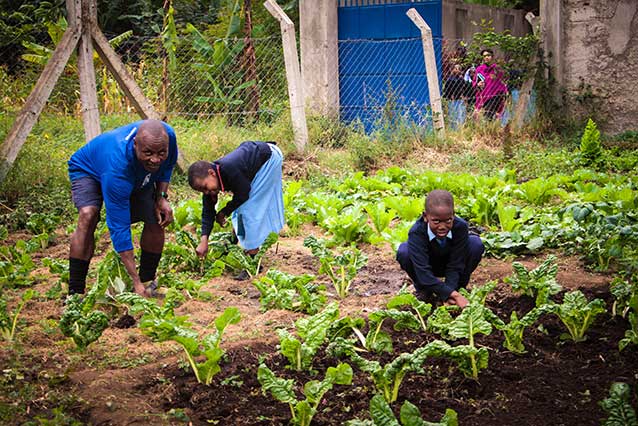
Standard 5 student Andrew represented the St Jude’s vegetable garden and enjoyed teaching visiting students about sustainable food production.
"The spinach is very good for stomach ulcers. In this garden we don’t use chemicals; we use manure for fertilizer and the grass we put around the plants keeps insects away," he said.
Garden mentor, Jaffett Ryan, said that gardening teaches students about irrigation, self-reliance and nutrition.
"This year the students have decided to clear much more land for vegetables and one day they hope to supply the school," he said.
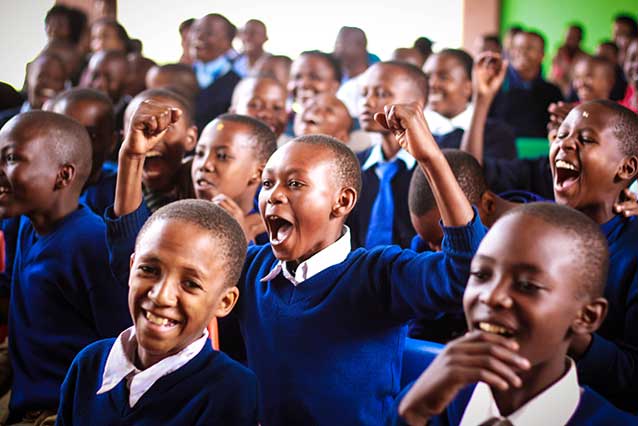
ECAs or student clubs are a part of the Tanzanian national curriculum that St Jude’s places special emphasis on, as we believe a well-rounded education helps to produce strong and confident future leaders.
Our clubs are student-initiated and student-led, with two teachers to oversee activities. Most clubs have 20-30 members.
Peter worked in government schools before coming to St Jude’s and says unfortunately many Tanzanian schools find it difficult to run and resource clubs.
"Because students don’t get lunch at government schools, a lot will leave before the end of the day when clubs are supposed to be held. With all of the problems teachers are facing they often prefer not to run the clubs," he said.
The nearby Baraa School works hard to offer ECA opportunities to its students and the school’s Assistant Coordinator, Mwajabu Swedi, said she was inspired by the innovative projects on show at the fair.
"It is so wonderful to see the students so happy, sharing their talents together and things they have created by themselves. We would love to do something like this in the future and invite the other schools and parents so we can all focus on students’ talents and be proud together," she said.
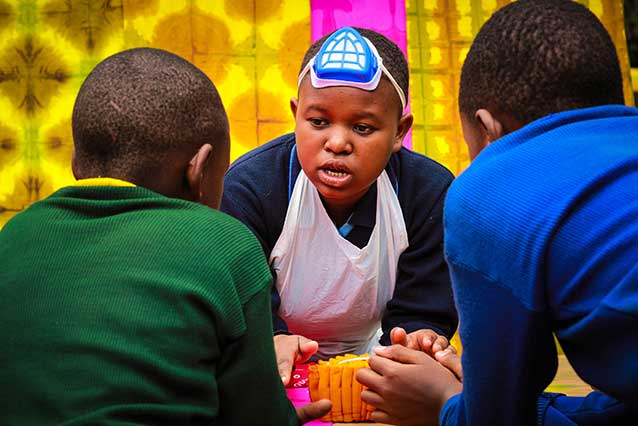
Mwajabu was particularly proud of her students when they shared a traditional dance at the showcase.
Several schools performed songs, dances and student-devised theatre throughout the afternoon and teams from Wema, Hope and Moshono schools joined St Jude’s in exhibition games of football and netball. At the end of the day, St Jude’s presented the visiting teams with brand new balls.
The students were so excited and the teachers couldn’t believe it, said Peter, who presented the gifts.
"I told them, we want your children to remember the day that they have had, relationships are important to us," he said.
“We want to use every tool we can to meet our goals of nurturing learning and sharing with our community, so we have already started on plans to make the next extra-curricular fair even better.”
Events like the extra-curricular activities (ECA) fair help us connect with our local community and promote a diverse learning environment for our students. Help us continue to host events by making a donation.
In what is becoming a popular way of saying ‘thanks’ to St Jude’s, a group of 23 student parents recently volunteered their time to help keep the Moshono campus beautiful.
Christopher, whose daughter Neema is currently in Form 6 at Smith campus, was one of those parents who helped out with school maintenance. He said it was their way of saying thanks for giving their children an education.
“We came here to help other staff to work, it’s our duty,” Christopher said.
“We are happy to work with other staff, because they help us.”
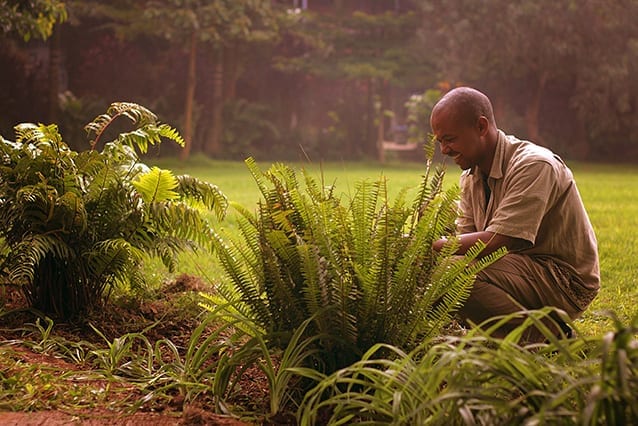
It was Christopher’s first time volunteering at the school, and he kept busy working in the gardens alongside other parent volunteers. Meanwhile, the senior primary dining hall got a thorough clean thanks to a group of mothers who had also come to help for the day.
The parent volunteers have inspired our students to get involved in caring for the school campuses too.
St Jude’s students have begun gardening their own plots of school land as part of a Self-Reliance Program, which will be launched next year.
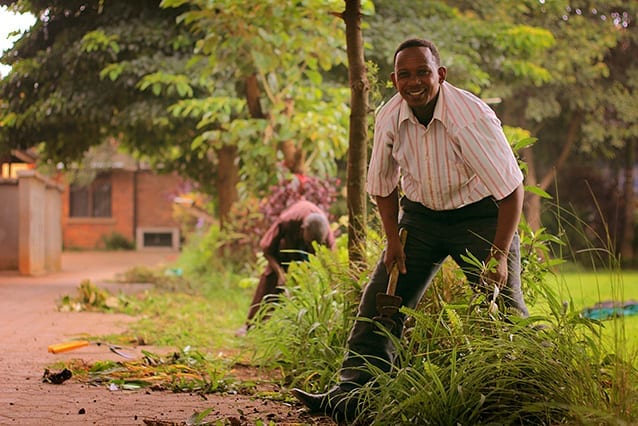
Upper primary school headmaster Peter Manjalla said Standard 5, 6, and 7 students were so enthusiastic about the upcoming program they were getting an early start.
The program will have long and short-term practical benefits for the school and the students.
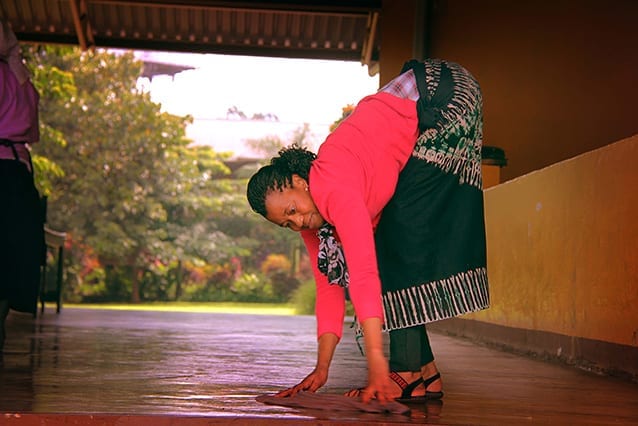
“We want to make sure the students take pride in their school and develop the skills and abilities to keep it tidy,” Peter said.
“The idea is about teaching them how they can work on any kind of project to be a source of income, and to make it self-sustainable.”
Other areas likely to be part of the program include “domestic science” (how to cook hygienically and clean up properly), and maintenance of classrooms, boarding rooms and outside school areas.
With such ideal role models in many of their parents, we are thrilled the students have adopted the program with such enthusiasm.
See how the spirit of giving back is making an impact on more of our students.
Fourteen gifted St Jude’s students proved their skills at last month’s national Union Sports Secondary Schools competition, helping the Arusha and Manyara (NW) zone finish third.
The 135-strong Arusha and Manyara team took first place in boys’ athletics, and second in girls’ basketball and girls’ athletics. They placed third overall, as well as third in girls’ volleyball and drama/ngoma. The team also received a special award for cleanliness and behaviour during the competition, held in Mwanza, Tanzania’s second largest city.
St Jude’s Form 6 student Denis was particularly outstanding, winning both triple jump and long jump. He qualified to represent Tanzania at the East African secondary schools sports’ competitions (FIASA), expected to be held in Rwanda in August.
The competition, which is known by its Kiswahili acronym UMISSETA, aims to identify the best budding sports talents in Tanzania.
St Jude’s PE teacher Ali Rashid Juma participated as Meru District UMISSETA Coordinator, and music teacher Vencheslao Mgani helped as a trainer for the drama/ngoma and singing zone group.
Firmin A. Kiwale, St Jude’s Religion and Vocation Skills Head of Department, said the final 14 representatives emerged from the 56 St Jude’s students who represented the district team.
“They’ve gone from the sub-zonal, to the district, to the regional competition,” he said, explaining the hard work their group had committed to the national competition.
“We are an academic institution, but we encourage (the students’) other talents. We try to make sure there is a balance. Generally, all who went were happy with the organization and thankful to the school and anyone who, in one way or another, supported them in attaining that level.”
Congratulations to all the talented students involved, and we wish Denis all the best in his pursuit of success at FIASA.
See how else our students are excelling outside the St Jude's gates.